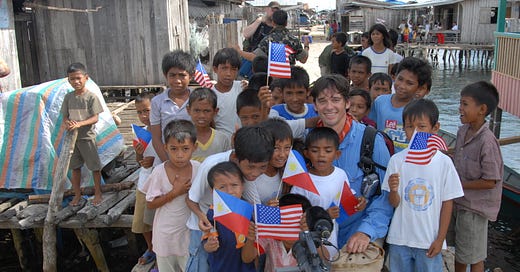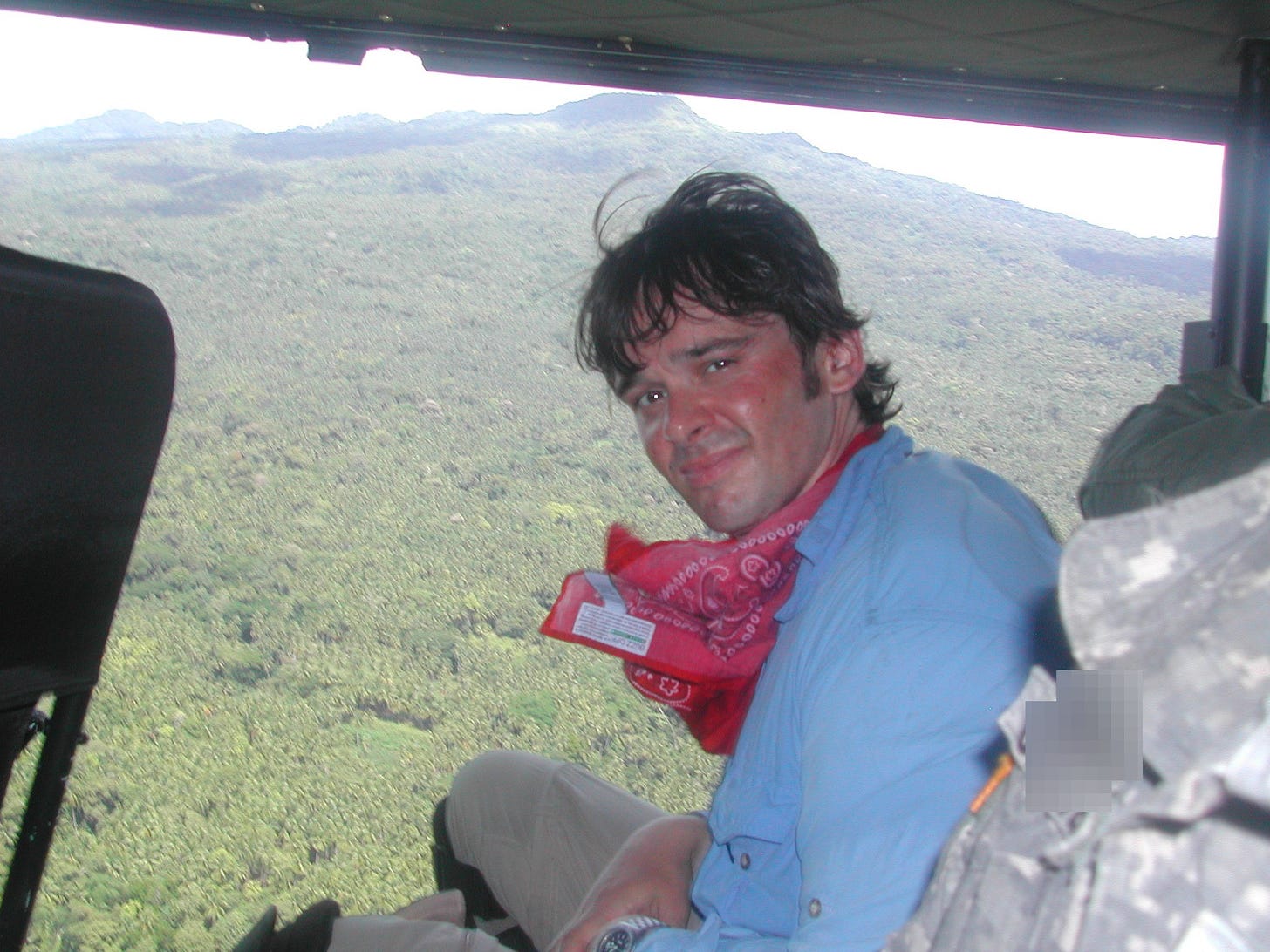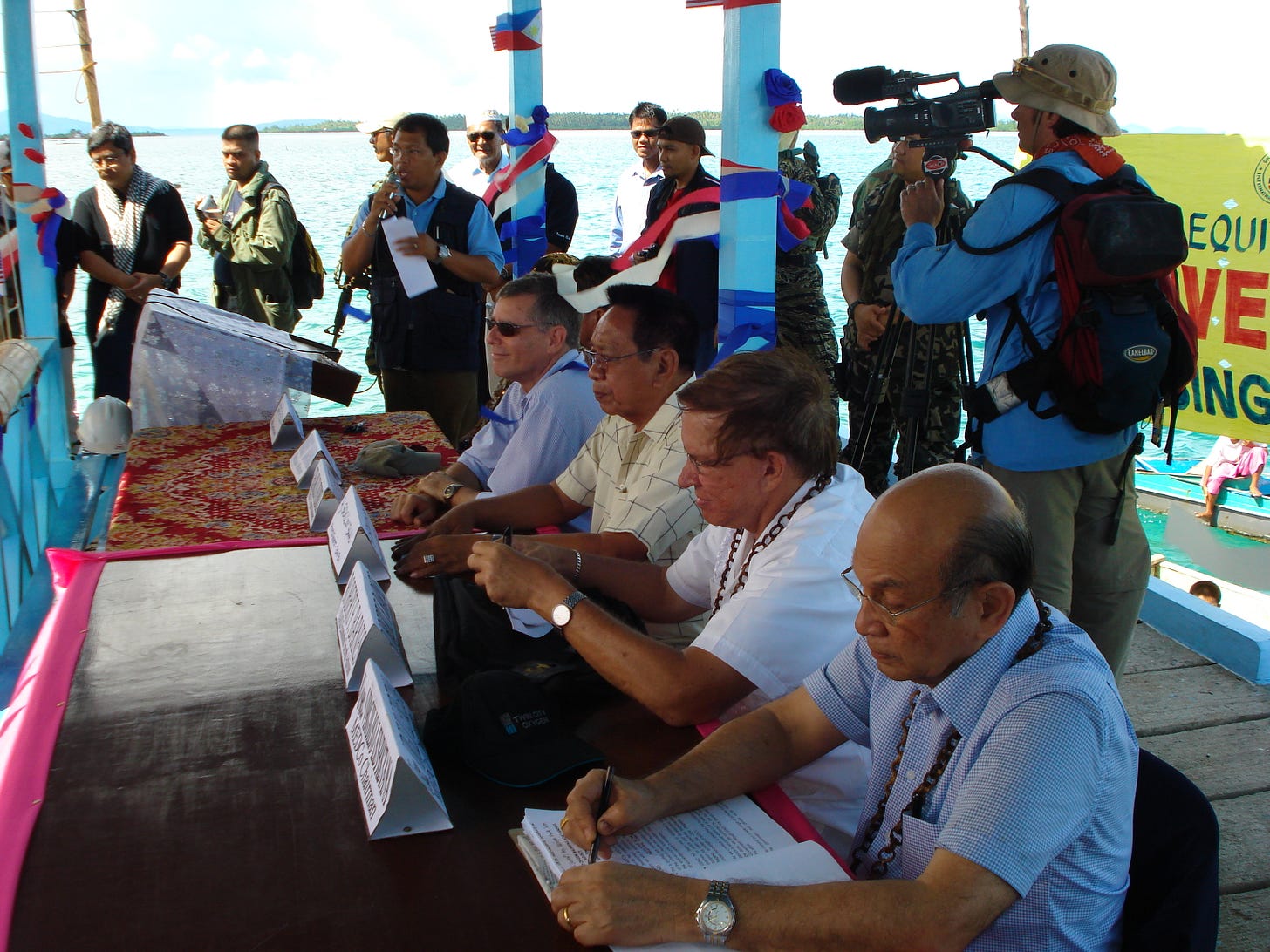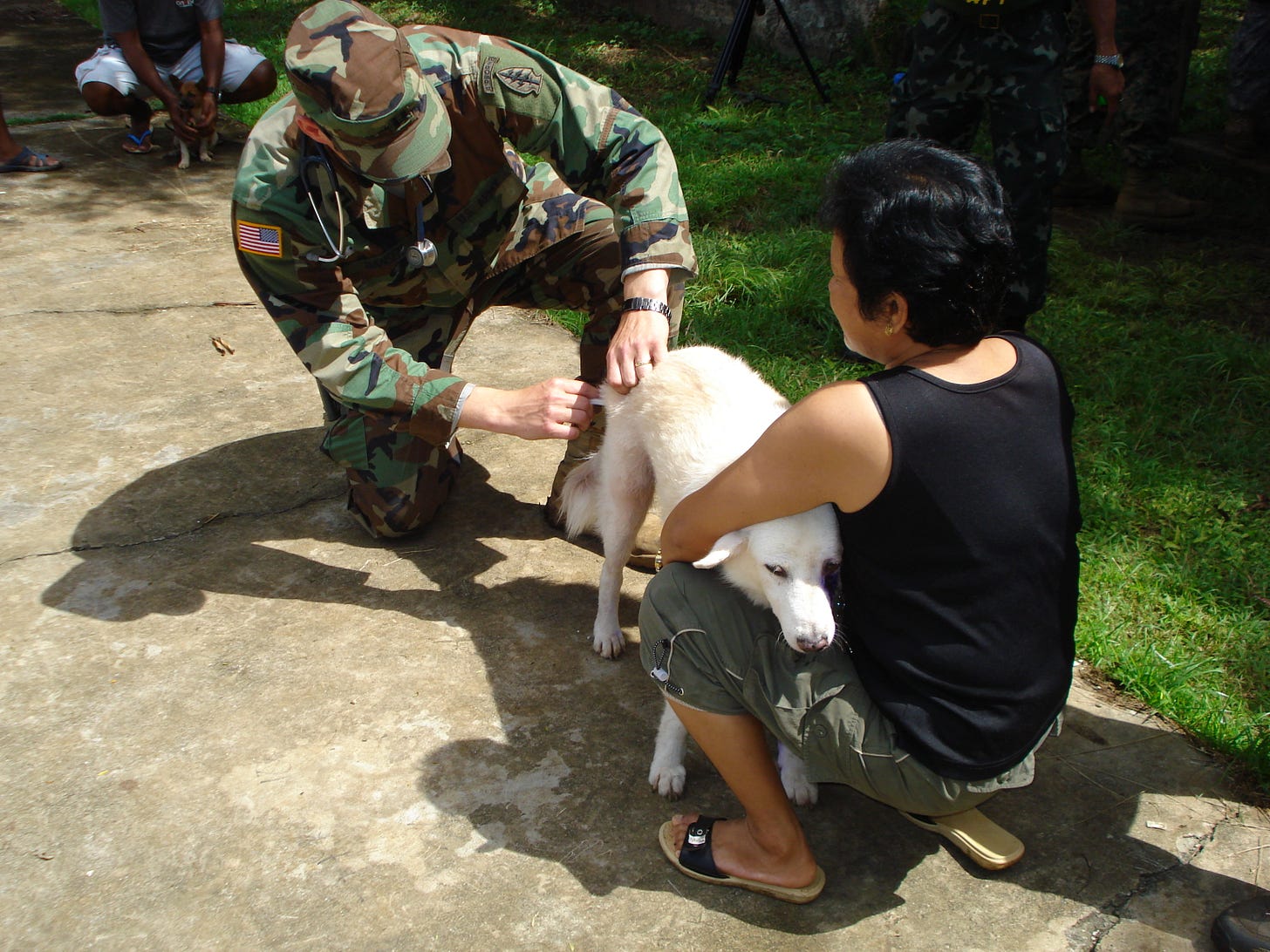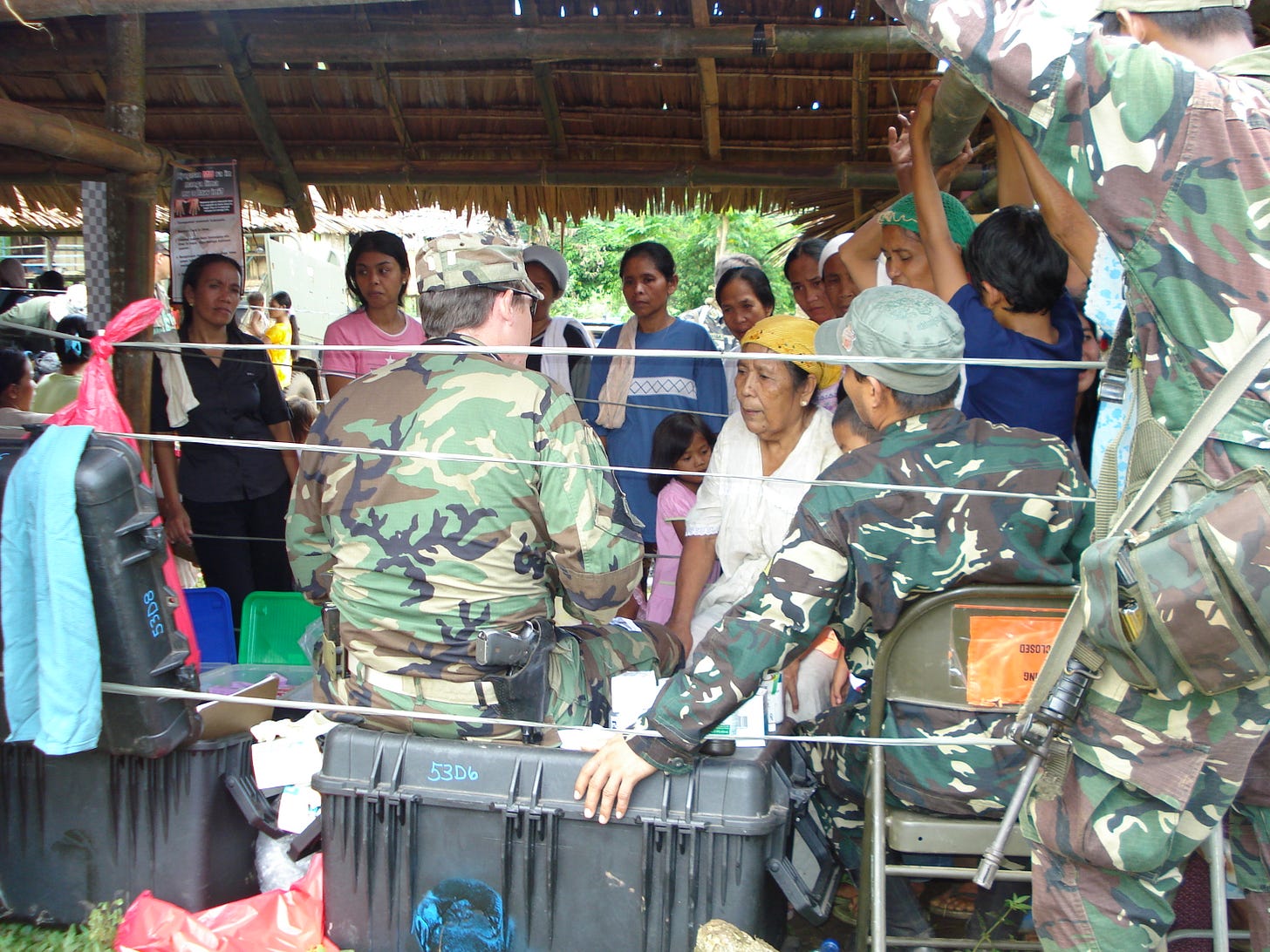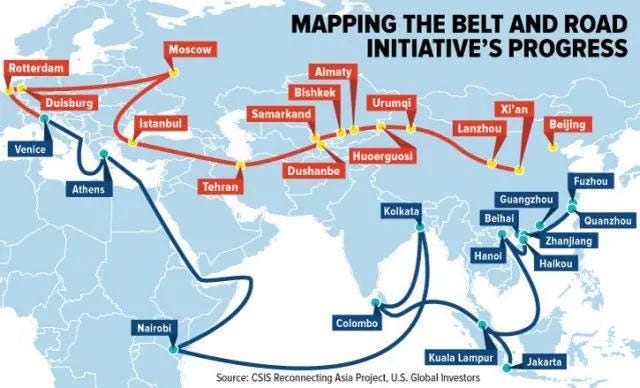Foreign Aid Helped Make America Great
Soft Power and the Battle for Influence: Lessons from USAID in the Philippines
One of Facebook’s redeeming qualities is its “Memories” feature. A recent reminder unearthed a trip I took nearly twenty years ago to the southern Philippines. Back then, I was, in part, documenting USAID1’s work—back when it was still a functioning, albeit controversial, American agency for foreign aid. Sound dull? Stick with me.
We were embedded with a U.S. military mission—SEALs, Marines, Green Berets—a few hundred souls scattered across that vast archipelago. The worry, then? Several. Among them. Islamic militants filtering through the region from Indonesia up to Afghanistan. But this wasn’t just about flexing military muscle. It was about winning hearts and minds—a game we Americans, let’s be honest, don’t always play well.
The Dock That Changed a Village
Our first USAID-backed spectacle was the grand opening of a simple concrete dock. Its significance? It was explained to me that, in the Philippines, land ownership laws mean many coastal communities build homes on stilts over lagoons. The problem? When storms rage, they lose everything—including their economic lifeline: fishing.

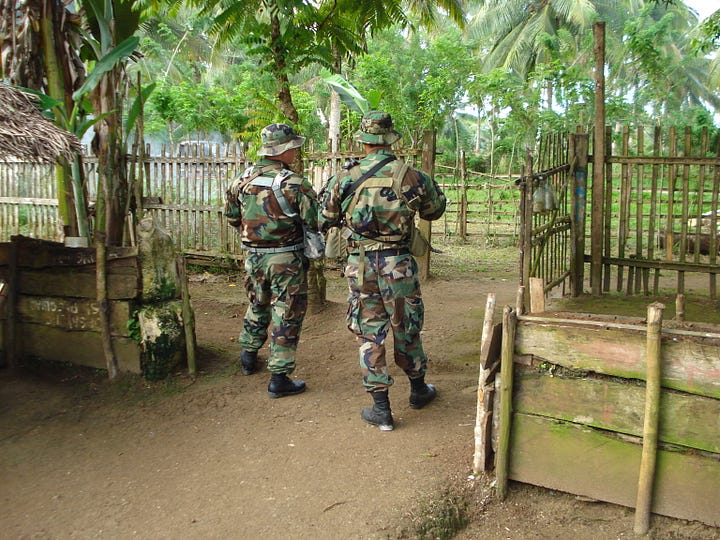
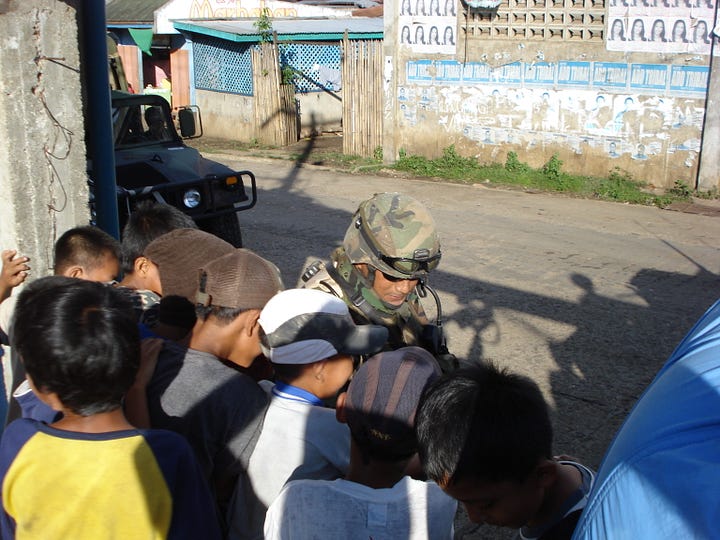
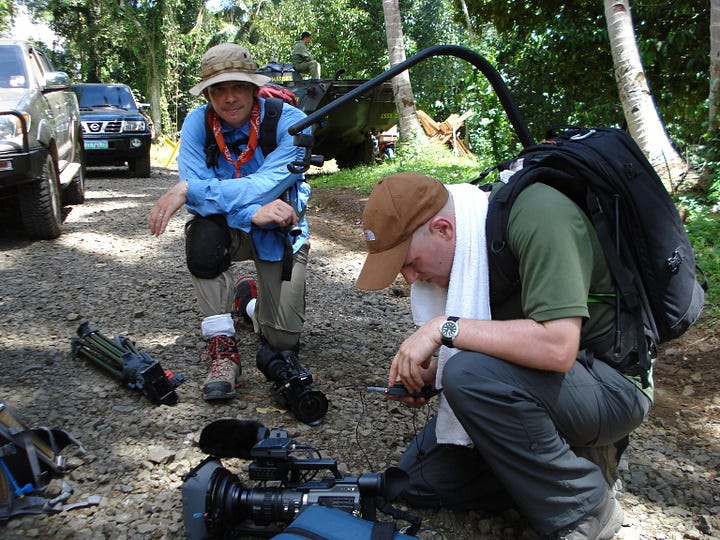
Enter the dock. Built to last, it offered a stable platform for fishermen to unload their catch and get back in the game quickly, keeping the local economy afloat. The whole town turned out. Everyone carried a gun. Well, not everyone, the tabloid in me lives. There were a few laughs when pictures were taken, arms placed around your neighbor only to discover the .45 nestled in the small of the back of a former “rebel.”
But it was a friendly crowd, genuinely happy, not just for the structure itself, but for what it represented. A little American cash, a couple of flags, some smiling officials—and suddenly, the U.S. had new friends. That’s soft power in action: no bullets fired, just goodwill - offered.
A Bridge to Prosperity
The second event was a bridge, which sounds about as thrilling as watching paint dry until you consider what it replaced. Before, villagers had to trek hours around a shoreline to get from their fishing boats to the market. With the bridge? It became minutes. More efficiency, more income, less hassle. Reducing friction in an economic system is everything.
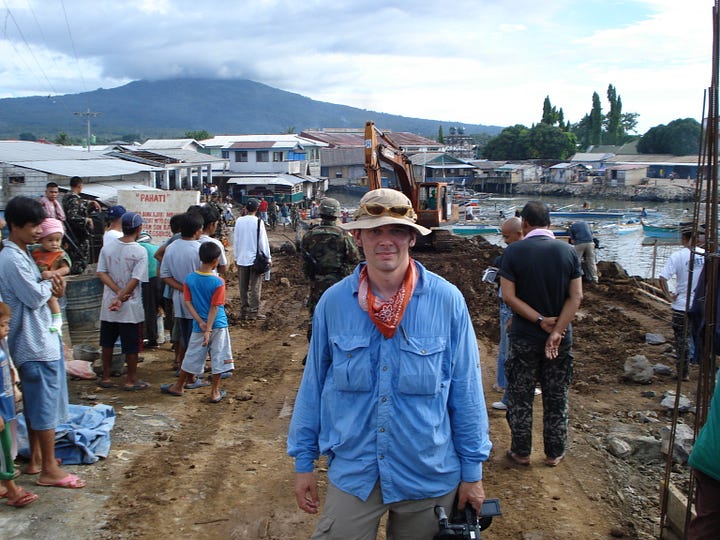
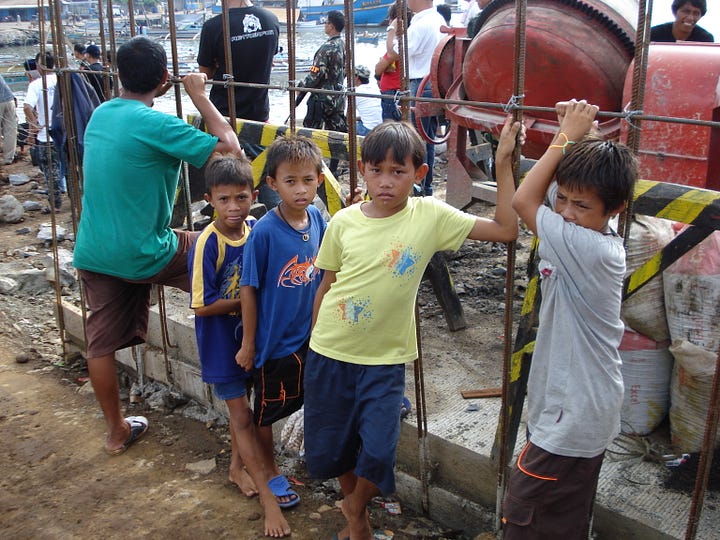
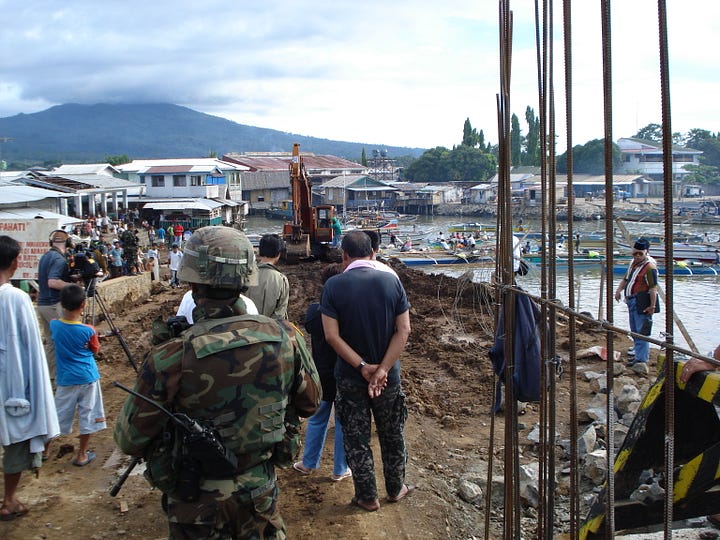
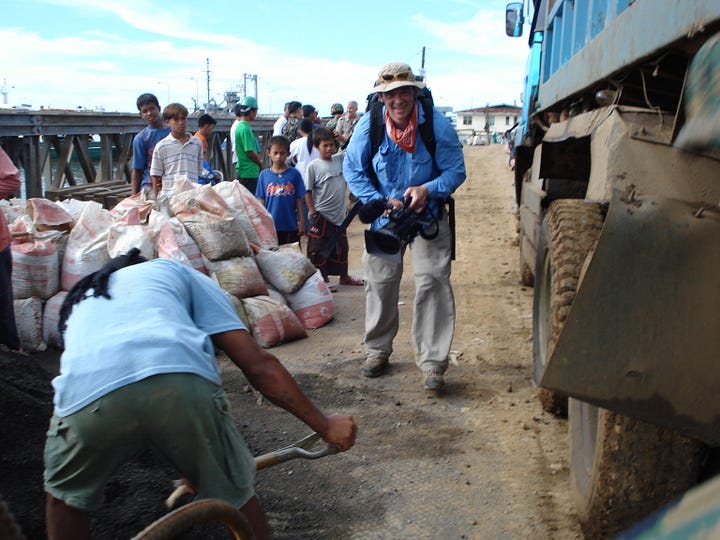
Again, the people were ecstatic. Well, happy, at the least. They weren’t cheering for America per se but for the tangible help that made their lives easier. It was a stark reminder that power isn’t just about who has the biggest guns—it’s also about who shows up with something useful.
Finally, beyond USAID were the efforts of the US military. There was warfighting stuff. We were briefed on things and sworn to secrecy regarding some. There were things we were asked not to film. Then there were the dogs.
One of the US Army Green Berets had noted the lack of veterinary service and the resulting illness suffered by many pet dogs. Rabies. They brought in a military vet and made an impression on children.
Medical clinics were set up to treat all manner of issues. Most of the patients - children. It was the most basic stuff. Wound care. Infections. Mothers held their children and saw their pain eased by the hands of a woodland-camouflaged-clad man from America.
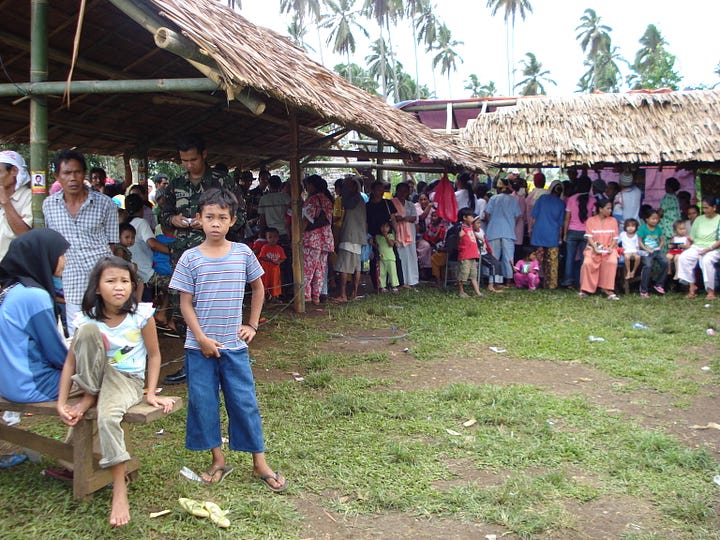
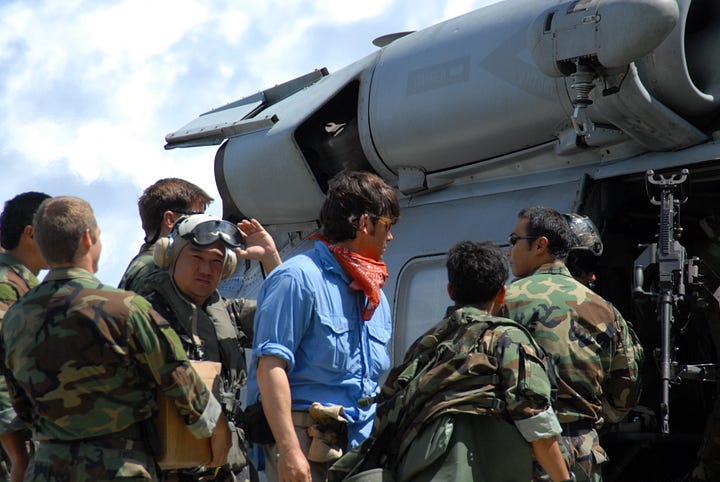


It’s expensive by any measure at the personal finance level. But that’s the wrong way to examine and critique these programs.
The Bigger Picture: USAID and Global Influence
Now, let’s be real—USAID, like any government agency, has its share of waste. Government waste is a real thing, and more needs to be done so we don’t feel our hard-earned tax dollars are being thrown away.
I once uncovered a hotel that served military members on leave and had used $1 million in taxpayer’s money to which it wasn’t entitled. The hotels weren’t supposed to use tax dollars. When confronted, a public affairs officer shrugged it off: “It’s only a million dollars.” I remember being left speechless; well, I definitely said a few things or maybe just made a few sounds in reply. That attitude speaks volumes.
It’s a core memory for me. It wasn’t the only time I encountered this attitude, and the perspective speaks volumes. The government wastes money because it’s easy for us to spend what we don’t earn. Those of you who think automation or AI could fix it should remember that AI is based on us; it will make the same mistakes and probably find new ones. The imperfection inherent to any process, human activity, should be policed, punished, and corrected, but spending time trying to remove it is foolish. We, people, are it, it is us, and we shouldn’t be removed.
However, inefficiency aside, pulling the plug on these kinds of aid projects creates a vacuum. And guess who’s eagerly filling it? China. They understand soft power and play the long game. While we bicker over budgets and rip USAID logos off buildings, Beijing is inking deals and laying down infrastructure. People remember who helped them when it mattered.
Through the Belt and Road Initiative, they’ve poured billions into infrastructure projects that seek to connect Asia with Africa and Europe. On land and sea, the aim is to improve trade and stimulate economic growth on a global stage.
In 2000, China's market represented a mere two percent of Latin America’s exports. Yet, as China’s growth surged and its appetite for commodities intensified, the region was swept into a boom. By 2021, the trade volume had eclipsed a historic $450 billion. Some economists predict that it will rise to $700 billion by 2035. Today, China emerges as South America's foremost trading partner and Latin America's second-largest partner, trailing only the United States.
China doesn’t publicly disclose foreign aid spending. But William & Mary’s Global Research Institute found China lent $1.34 Trillion to developing nations from 2000-2021
Can we do foreign aid better? Absolutely. It is right to be appalled by waste. To be annoyed by news of the $600 cups and the $14000 toilet seats.
But foreign aid is something that has made America great.
Given America’s growth since the end of World War II, stopping aid is like winning the grand prize at a carnival and leaving without collecting it. America has spent decades winning prizes. For one thing, the dollar is the global currency as a result.
That means lower borrowing costs, economic and political leverage, influence on exchange rates and trade balances, and greater financial stability. The bottom line - the dollar’s reserve status gives the U.S. cheaper financing, easier international transactions, strategic power, and a steadier economy.
This power and benefit is in jeopardy with our departure.
Consider the numbers. In fiscal 2023, the U.S. spent $71.9 billion on foreign aid, or 1.2 percent of total federal spending, which exceeded $6.1 trillion. Since 2001, foreign aid has remained between 0.7 percent and 1.4 percent of federal spending.
Decades ago, at the height of the Cold War, it was a key tool in the U.S.-Soviet rivalry. In 1963, international assistance made up 4.7% of federal spending.
It's worth keeping in mind for those who say America was "great" or greater back then, and we should go back.
Power isn’t just about making people fear you—it’s also about making them like you or at least appreciate what you bring to the table. And if we don’t show up, someone else will.
Maybe the real question isn’t whether USAID should exist but whether we’re willing to cede the influence game to someone else by default.
United States Agency for International Development (USAID)

